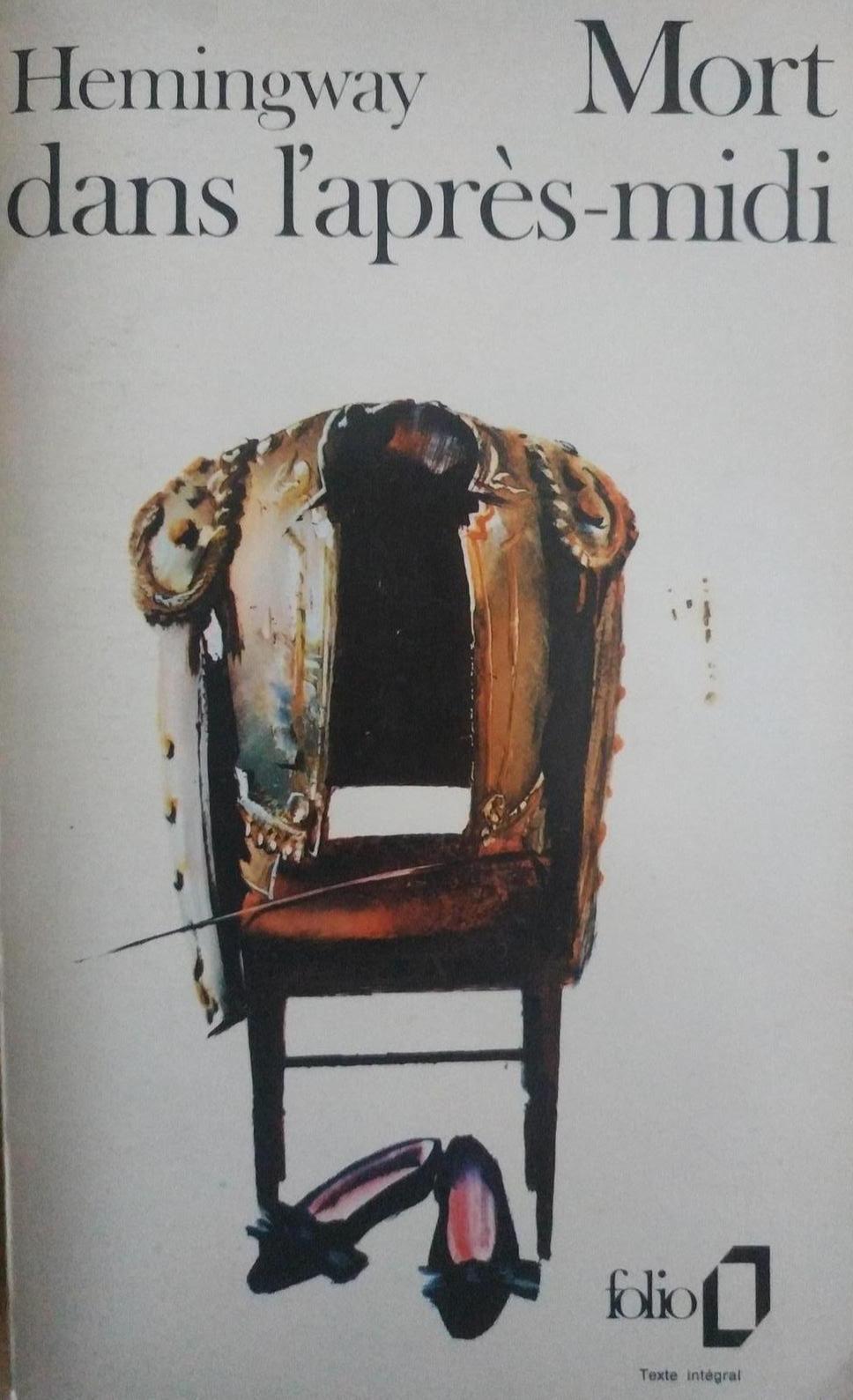Julia_98 reviewed Mort dans l'après-midi by Ernest Hemingway
Blood, Sun, and Stillness: My Reckoning with Hemingway’s Death in the Afternoon
4 stars
Reading Ernest Hemingway’s Death in the Afternoon was not what I expected. I went in thinking I’d get a dry, historical account of bullfighting. What I got instead was a meditation on life, art, death, courage—and a brutal honesty that left me uncomfortable, fascinated, and oddly moved.
Hemingway uses bullfighting as more than subject matter; he treats it as a lens through which to examine everything he values: grace under pressure, the meaning of bravery, the aesthetics of violence. I didn’t expect to care about the rituals of the corrida, yet I found myself drawn in by the stark beauty he saw in it. The way he described the matador’s poise, the crowd’s silence before the final thrust—it made me think about how rarely we confront death directly anymore.
At times I resisted him. His admiration for the spectacle felt alien, even disturbing. I questioned the ethics, the cruelty. But Hemingway didn’t avoid that. He forced me to face the contradictions—between art and savagery, tradition and morality. He wrote with clarity and force, but also with deep thoughtfulness. That complexity stayed with me.
Death in the Afternoon isn’t just about bullfighting. It’s about how we look at death, how we avoid it, aestheticize it, even need it. Hemingway's prose, spare and exact, stripped away my filters. By the end, I wasn’t sure what I believed—but I knew I’d read something true, and that mattered more.

